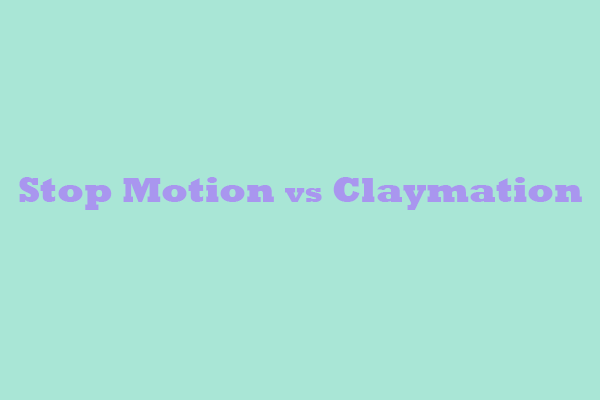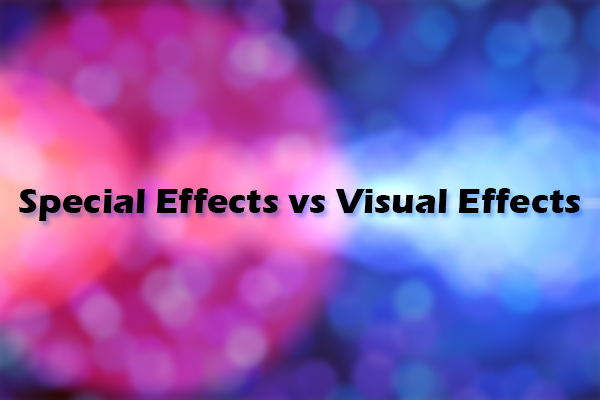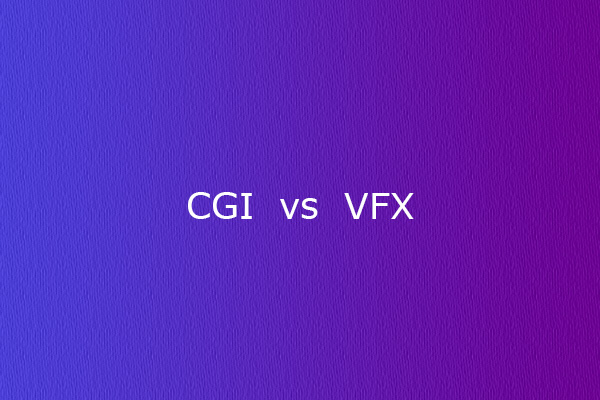Animation vs VFX: Short Introduction
Introduce Animation
Animation is the art of producing motion by sequencing models or still images, simulating movement, as well as conveying emotions, dynamics, and narratives through visual storytelling. Animators bring characters and objects to life using interpolations, keyframes, and physics simulations.
Animation Types
- Traditional Animation – Frames are hand-drawn. Each frame represents one step in motion. Techniques contain onion skinning as well as flipbook animations.
- 2D Animation – Emphasizes flat or 2-dimensional visuals. Precision and scalability are ensured by vector-based techniques.
- 3D Animation – Environments and characters are modeled in 3-dimensional space. Includes rigging (skeleton setup) as well as advanced physics-based simulations.
- Motion Graphics – Emphasizes text and design components with dynamic transitions. Extensively used in ads and explainer videos.
- Stop Motion – Uses physical models that move incrementally and are captured one frame at a time. Demands great attention to detail.
Introduce VFX
VFX entails manipulating and improving live-action shots by incorporating digital elements, resulting in effects that are impractical or impossible to create while filming.
VFX Types
- Rotoscoping – Isolating people or objects manually in order to add effects.
- Compositing – Integrates more than one layer of video or photos. The main tools used include Adobe After Effects or Foundry Nuke.
- Matte Painting – Digitally generating vast environments.
- Motion Capture – Captures actor movements to power digital figure animation.
- Simulations – Produces dynamic phenomena such as smoke, explosions, or liquids.
Animation vs VFX: Differences
Here are the major differences between VFX vs animation.
Production and Enhancement
Animators produce the sequence from the ground up. They draw each frame, each slight movement, as well as each expression of the figures. Besides, they build the worlds these figures live in, the objects the figures interact with, and so on.
Animators observe real-life movements, interactions, and architecture to depict them in their drawings, which will be the animated scene.
VFX artists go over the animator’s finished work. They add the finishing touches to make the sequence more lifelike and put objects on it. This entails modifying the scene to apply fire, explosions, and particles to improve the live-action shots or animated scenes.
Simply put, animators use what characters do to tell a story, while VFX artists use realistic or awesome visual effects to make those actions meaningful. Their works complement one another.
Teams and Workspace
The animation workflow begins with conceptualizing and storyboarding. Animators work with voice actors, the art director, and others to make these ideas a reality. They utilize industry-standard animation software like Autodesk Maya to draw, rotoscope, and rig. Plus, they animate the characters and backdrops and create the scenarios.
The VFX artist collaborates with cinematographers and the director in the VFX workflow to bring the effects they imagine to life. They usually appear on set and employ match-moving techniques to “copy” the real camera movements into computer-generated movements.
Match-moving enables them to composite the CGI into an animated or real-life scene so that the assets look as if they were captured by a real camera. VFX artists utilize software like Blackmagic Design Fusion and Foundry Nuke for composition.
MiniTool MovieMakerClick to Download100%Clean & Safe
Final Words
After reading this post, you already understand some of the differences between animation vs VFX. Then, you might look into ways to improve your animation or visual effects abilities.
You may also be interested in the following topics:





User Comments :